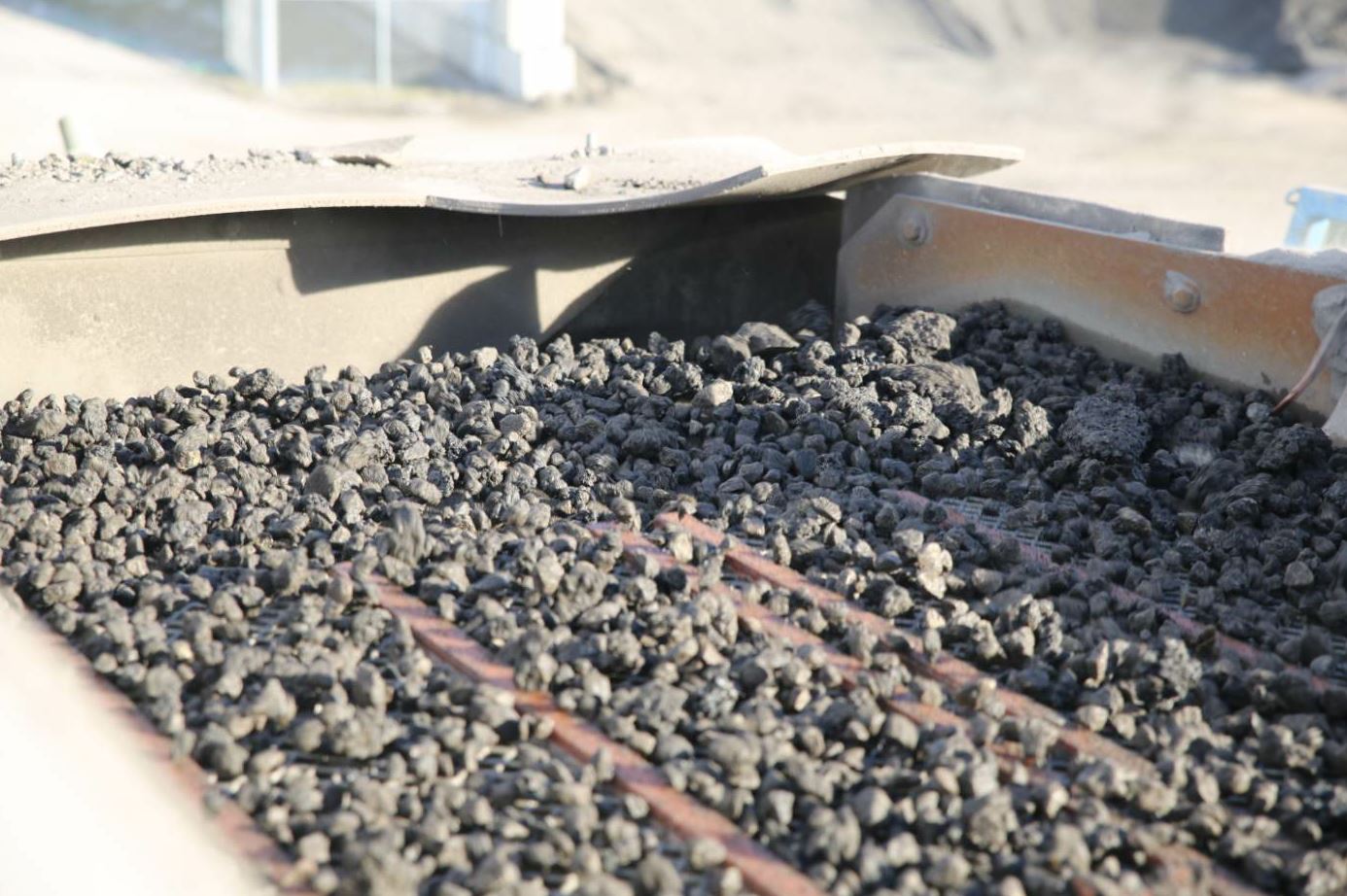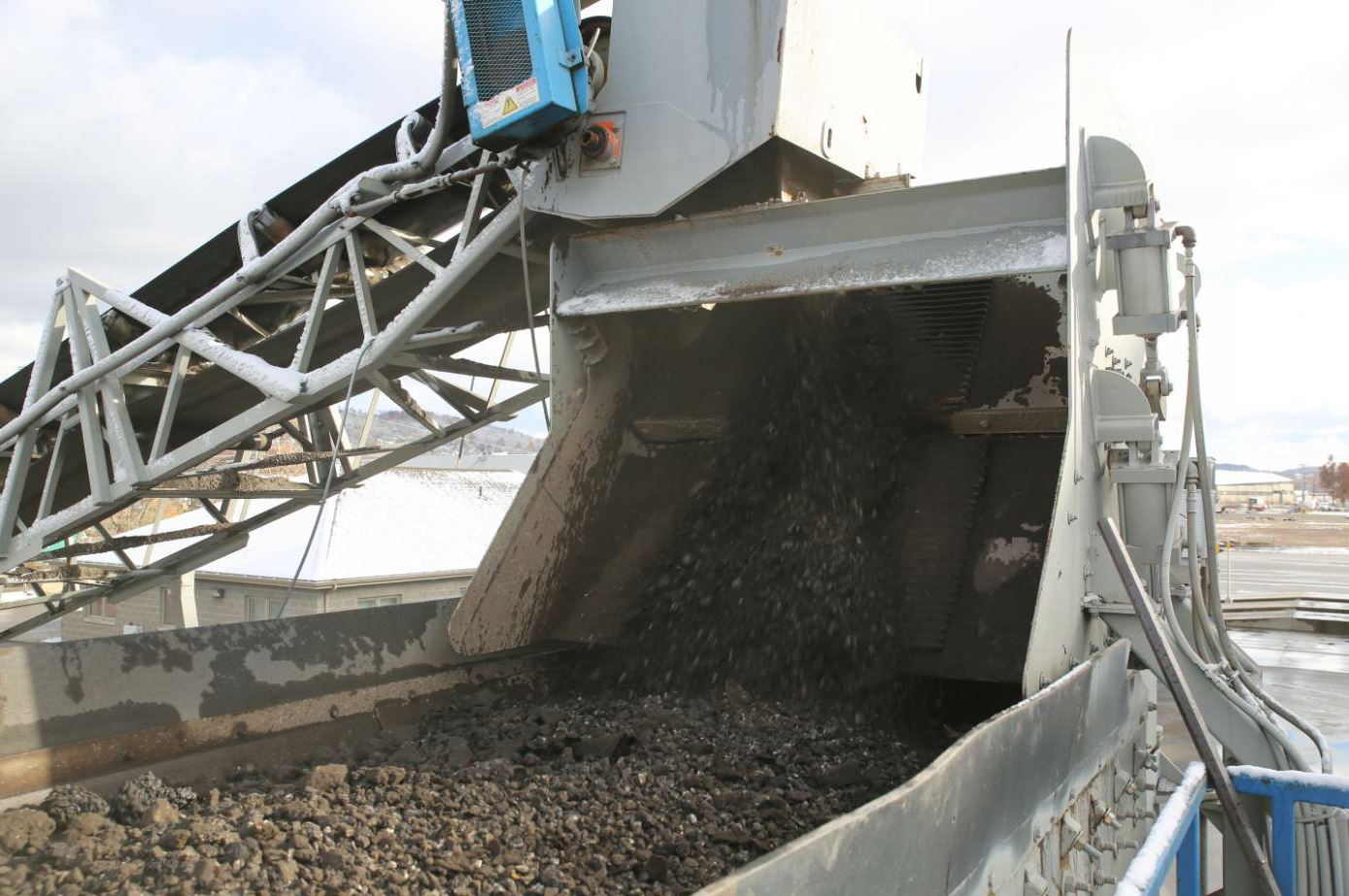Train New Operators to Unplug Screens
BY Sandy Lender

At the asphalt production facility, screening material is part of daily operations. Whether there’s a vibrating grizzly helping get material into proper cold feeds, or you fractionate and dis-agglomerate reclaimed asphalt pavement (RAP) chunks, the equipment operators must be trained to keep inefficiencies at bay. Teach personnel best practices to keep screens from plugging with material during production. The new operator needs to know what a plugged screen means for production and how to fix it.
The team at EvoQuip, a Terex Corporation, listed a number of causes for a plugged screen.
- Screening a high proportion of near-sized product
- Screening particularly round or spherical material
- High moisture content
- Processing material with contaminants that weave through apertures
- Processing very flaky material
Prevention = Cure

If too much material is passing over the screen, but there is no plugging or blinding, the operation may be feeding too much material across the screen or may be running the screen too fast. Rather than reducing the tonnage, the owner may elect to use a larger screen or add an additional screen downstream to further screen material. Photo courtesy Eagle Crusher, Galion, Ohio.
EvoQuip’s screening engineering manager discussed settings to prevent the problem. “EvoQuip’s first recommendation is a proactive step to stop the blocking in the first place,” Ciarán Fanning provided.
“In many circumstances, increasing screen amplitude is a great way to begin. Larger strokes will lift near-sized and rounded materials further from the screen surface and thereby prevent plugging of screens from the outset.”
Thus, setting large amplitude can help prevent plugging from the start.
If you see that high moisture content is causing material to plug the screen, “it can be effective to increase acceleration, which provides the energy to shake off sticky material,” Fanning shared.
This short video lets you see material moving fast and sizing through screen media.
Don’t forget you can address plugging through the type of screen media you use.
“Another proactive approach which complements the above solutions, and also addresses entanglement and flaky material, is the use of specialist media,” Fanning provided. “For larger apertures, the use of 3D punch plate is a great solution. This type of punch plate is designed to eliminate snagging points from media and also provides screen openings which widen progressively along their depth. This reduces the entanglement risk and ensures that pieces entering an opening has either an easy exit or a broad path to the deck below. On smaller apertures the use of self-cleaning meshes are of great benefit and in extreme circumstances where sticky material clogs the deck, spring steel finger media is a great solution.”
Solve the Problem

The Colt 1000 from EvoQuip offers a ball deck that can assist in actively unplugging screens. Photo courtesy EvoQuip, a Terex Corporation.
No matter how many steps management and operators take to prevent plugging, you may find that too much material is being fed across the screen or production is at a speed that has allowed blinding to creep in.
If reducing tonnage overall isn’t an option, you’ll need some other fixes to solve your problem. Make sure every operator, whether a new hire or a veteran employee with years of experience, knows that lock-out/tag-out protocol is non-negotiable at your facility. Before inspecting a piece of machinery or working to clear a screen, the operator must lock out and tag out the equipment.
Pat Meara, a regional sales manager for Eagle Crusher, Galion, Ohio, gives the next steps for the operator. “If the screen cloth is plugged, the operator will likely have to tap all the plugged material out of the openings, assuming the screen media can handle it. Some lighter screen media cannot handle the force of a hammer against it. Check with the screen media manufacturer for exact recommendations. Once the media is clear, increasing the stroke of the screen can help reduce plugging. It also may be beneficial to replace the screen media to one better designed for the specific application. Some screen media manufacturers also produce self-cleaning media to reduce or prevent plugging from occurring.”

Fanning discussed self-cleaning options as well: “When screen tuning and media selection simply isn’t enough, there are solutions such as self-cleaning decks, also known as ball decks, and other systems to actively unplug screens. These systems typically take the form of trapped rubber balls or cylinders which either sit above or below the media creating continuous impacts ensuring that any plugged object is continually freed.”
“If the screen is blinding,” Meara said, “the best first-course of action is to increase the speed of the screen to clear the fine material through more quickly. If that does not help, changing the screen media style or size to assist in clearing the material through the screen should help.”
What the experts show is screen plugging or blinding depends on more than mere media type, more than mere screen amplitude, more than mere production speed, more than mere material type. A combination of factors contributes to plugging phenomena during screening, and consulting with your crushing and screening professional or OEM can help you set up training and best practices for your team.
